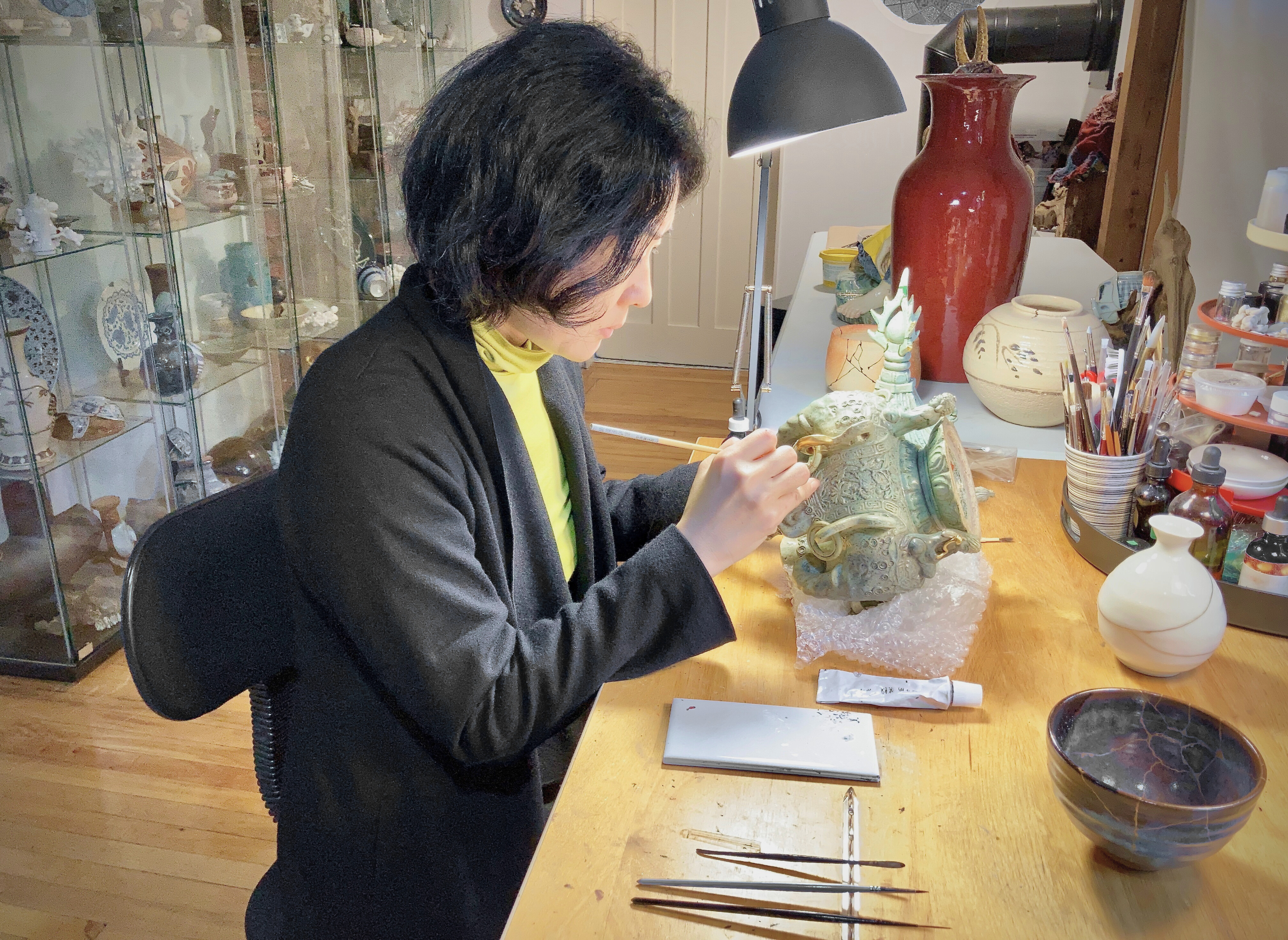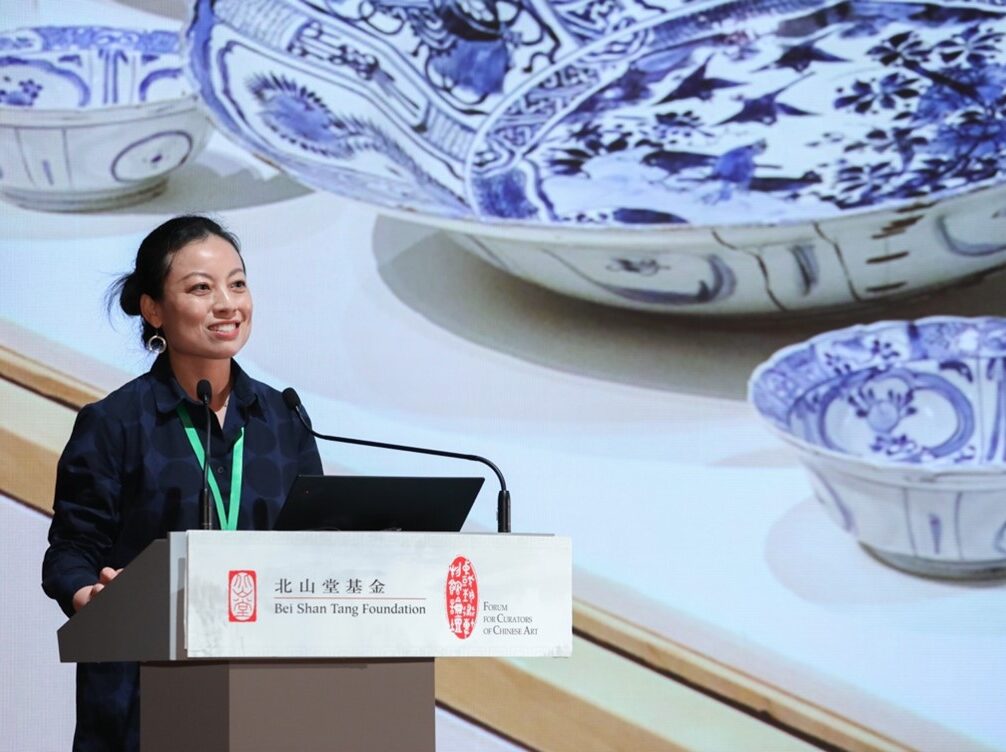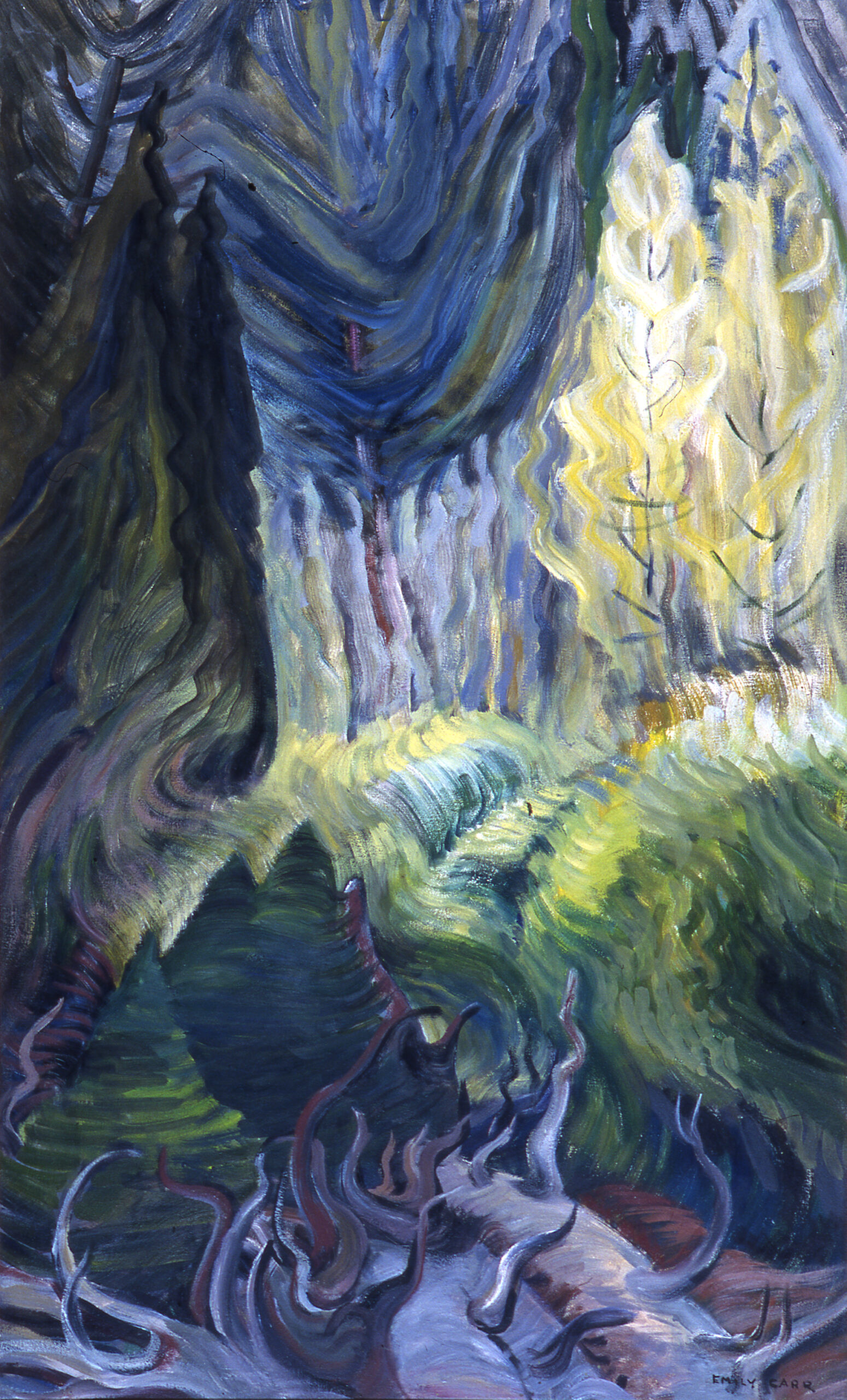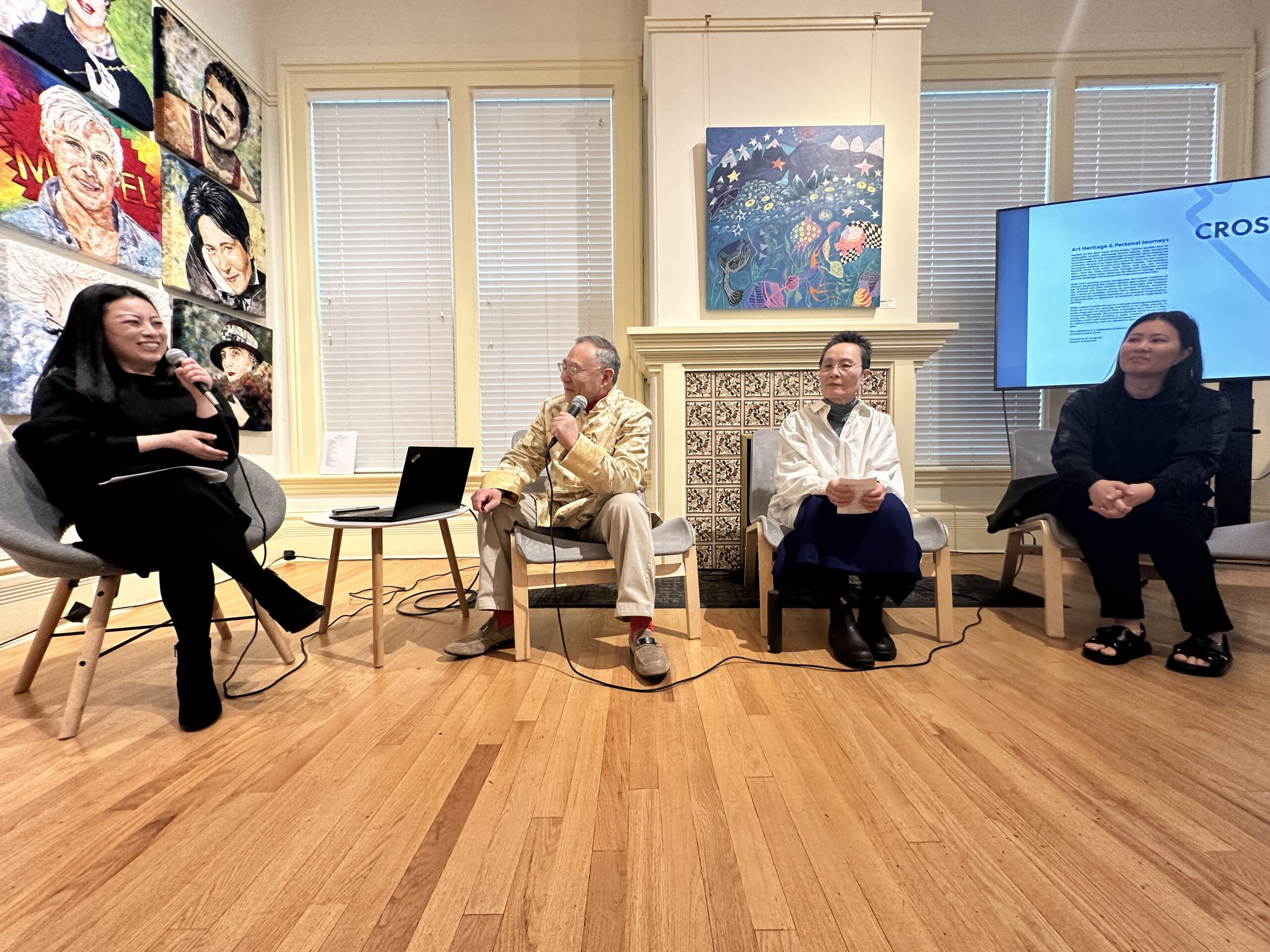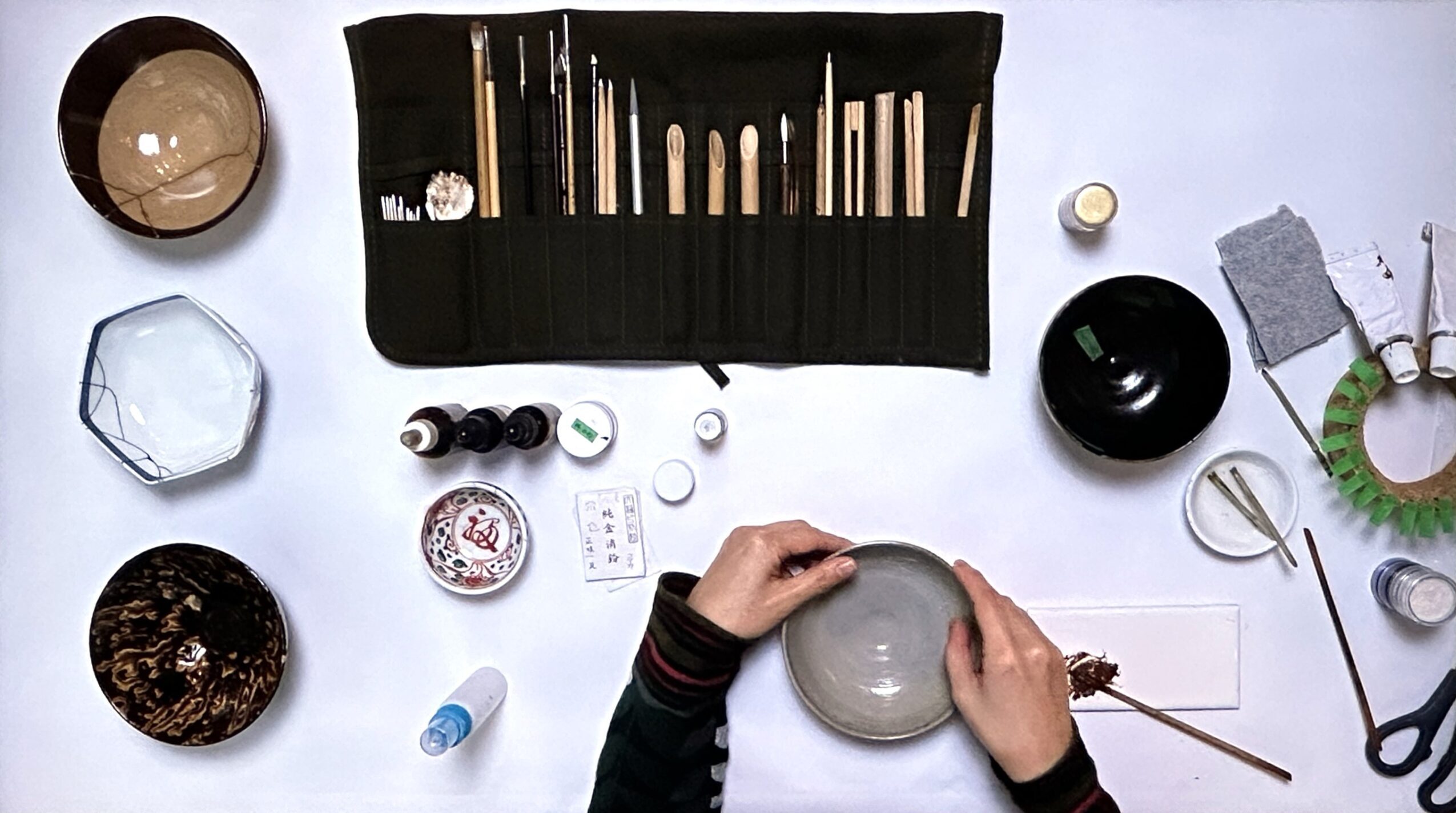
ICYMI: Kintsugi Demonstration with Naoko Fukumaru
During the Exhibition Opening of Beauty of Mending: Kintsugi and Beyond, we were delighted to host featured exhibition artist, Naoko Fukumaru, as she demonstrated the traditional craft of repairing shattered ceramics with laquer and gold, and in case you missed it, please enjoy some visual highlights from the demonstration.

